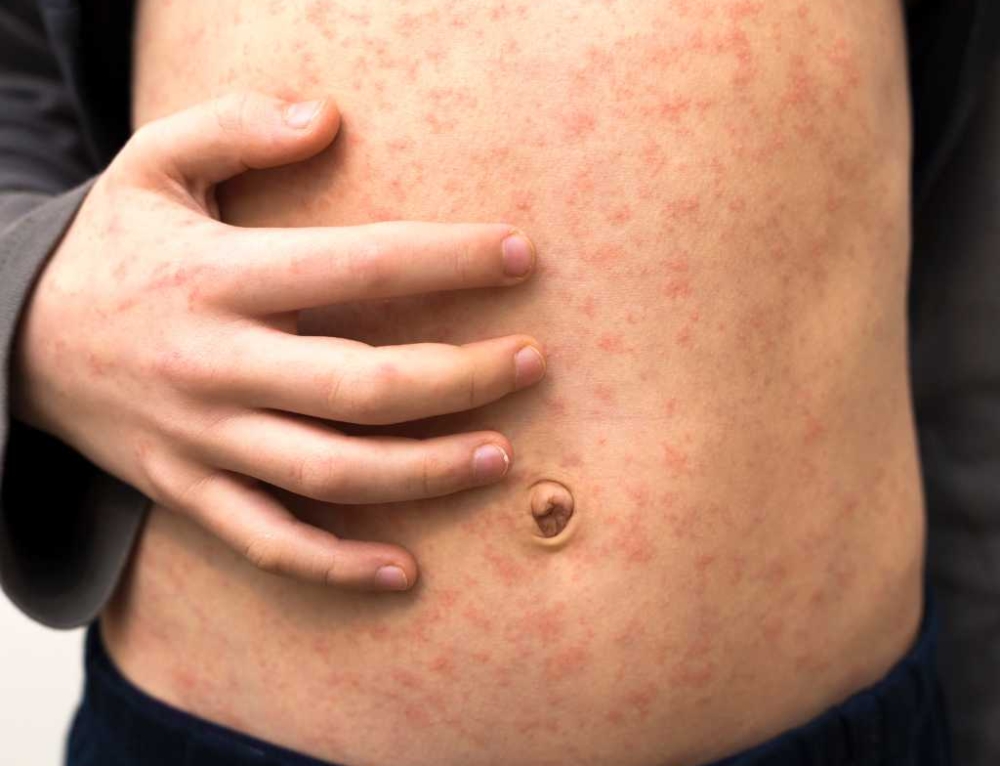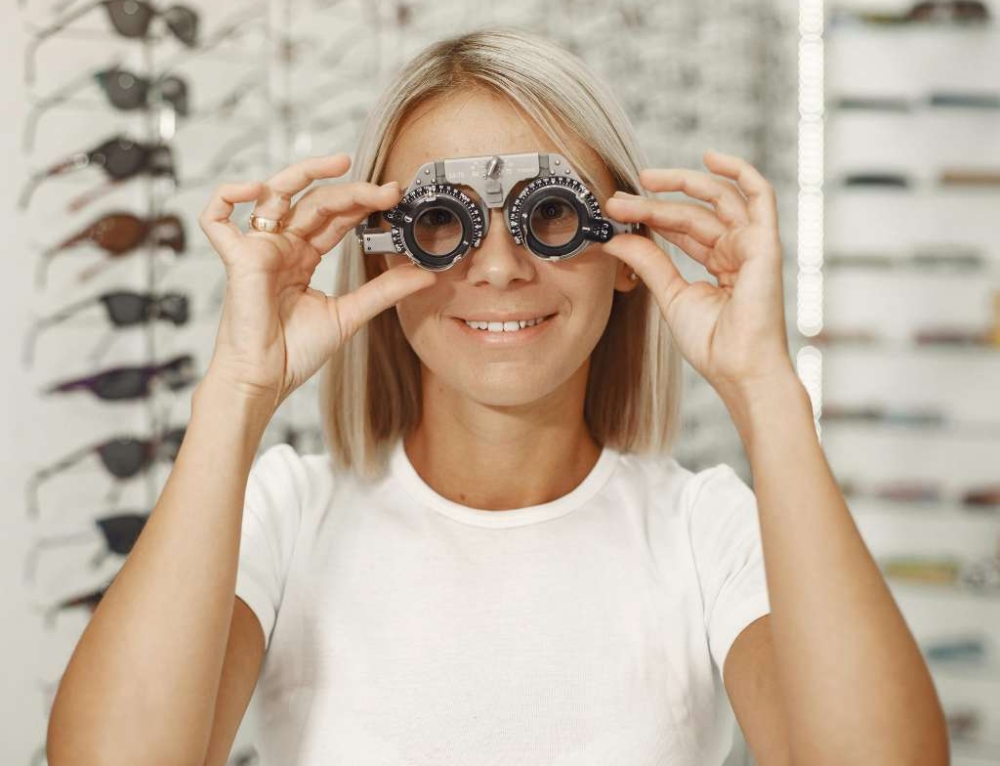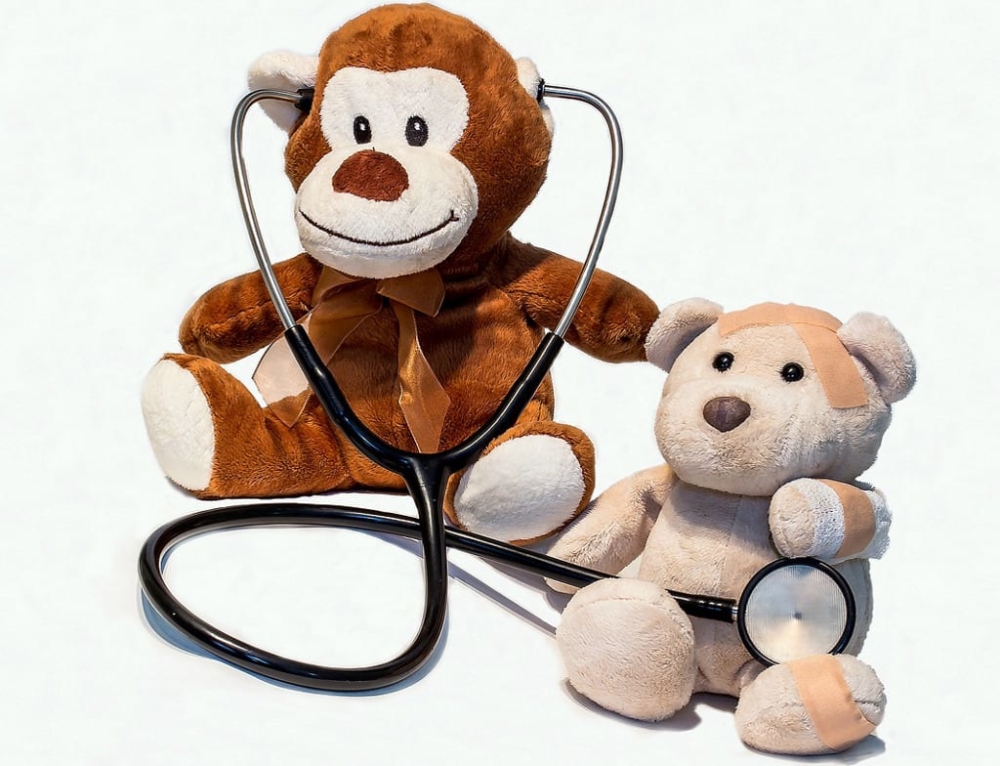If your kids keep getting sick, the culprit could be lurking where you least expect it. Not from the other kids at daycare, nor because they can’t go to the loo without running their hands all over the seat and then sucking their fingers (yum) but from … the toy box. Oh yes, scientists have found that cuddly toys and even Playstation controls are a hotbed for vomit-inducing bacteria that cause all manner of nasties. By the time they throw their toys aside to come to the dinner table, you can pretty much bet those grubby mitts are bringing a side order of E. coli.
Thinking of those icky little fingers and all the touching they do and the potential state of the LEGO, Barbies and, heaven forbid, plush toys is enough to make you feel a bit queasy. So, next time rather than put those toys away AGAIN, pop them into a bucket, the sunshine or even the washing machine instead. One of the bonuses for washing toys is that you get into a habit of routinely rotating the toy box, which has the knock-on effect of making the kids think they have new toys. Washing toys is a treat, I tells ya!
Here’s how to wash pretty much any toy you’ve got in the toy box.
Plush toys
Most modern plush toys (including furry bears) can generally be washed in the machine on a gentle ‘wool’ cycle, using a mild wool detergent. It’s better to wash soft toys in a front-loader rather than a top-loader because the top-loader agitator can cause the toy to ‘wad’ up. Front-loaders are far gentler.
I’d tell you to check the label for appropriate wash cycles, but we all know that labels on plush toys seem to fade on contact, right? Instead, try these methods to get most types of plushies clean as a whistle.
Don’t machine wash:
- anything with batteries
- anything with a music box
- anything stuffed with foam beads rather than wadding (Beanie Babies fall into this category)
- anything that is especially precious or old.
Do machine wash:
- pretty much anything else.
How to wash
1. Remove any removable clothing, bows, buttons or beads.
2. Find an old string bag, a laundry delicates’ bag, mesh bag or other washable bag to put your toys into. If you can’t find something stringy, a pillow case should do the trick.
3. If in doubt about the fabric and colour-fast credentials, wash in cold water. Definitely wash cold if there are any glued-on parts as hot water may dissolve the glue (check noses!).
4. Wash on a gentle cycle, using a detergent formulated for delicates (wool wash is great for this). You can also use a half cup of bicarb of soda or borax in lieu of detergent.
5. Drip dry is best, but you could risk a gentle spin if it’s the middle of winter and a drip dry toy stands no chance of being dry before summer.
6. Once the wash cycle is completed, use a drying rack to dry your softies. If you don’t have a drying rack, you can suspend your mesh or string bag between two lines on the clothes line and lay your toy on the top. If you don’t have a string or mesh bag, carefully peg the toy up by the very tips of the ears and allow to drip dry. The dryer is not recommended.
7. Make sure the toy is super-dry before bringing it in for play. Even a slightly damp toy is at risk of developing mildew. If in doubt, leave it out for an extra day or so.
If a plush toy can’t be machine washed
Sponge the toy down with a cotton cloth slightly dampened with a mix of vinegar and bicarb of soda. Use strong strokes in a single direction until marks are removed. Dry as per recommendations above.
If a toy uses batteries, remove the batteries before cleaning and make sure your cloth is only just damp.
If your toy is old or precious it might be worthwhile taking it to the dry cleaners for a specialist clean.
Rubber or plastic toys without batteries
Some hard plastic toys can go in the top rack of the dishwasher on a gentle cycle, but as hand washing isn’tsuch a chore, I think it’s safest to use the sink. If you’d like to try the dish washer, hard plastic toys like LEGO do well, put them into a mesh wash bag before lying on the top rack. Don’t put dirty dishes in with them …
Use hot water, your regular washing up liquid and a sponge and immerse the toys in the sink. You can leave them to soak for an hour or so to loosen ground-in dirt. Have an old toothbrush on hand for scrubbing into tiny cracks and crevices. Rinse in a solution of 1 cup vinegar to 10 cups water to naturally disinfect the toys.
Once clean, leave in the dish rack to air dry.
Bath toys
While mostly made of rubber or plastic, bath toys get their own category because they tend to bring lovely things like mould, mildew, soap scum and slime into the mix. Generally, to really get a bath toy clean, you will need to mix up a disinfecting solution (1 part tea tree oil, 5 parts vinegar, 20 parts water) and soak the toys for at least an hour. Rinse away the disinfectant completely and give the toys a scrub with an old toothbrush.
Once that initial cleaning phase has been completed you can then wash as per normal ‘rubber or plastic toys without batteries’ ‘instructions. It’s a good idea to leave bath toys out in the sunshine to dry, especially if you’ve used the disinfecting solution to wash them.
Rubber or plastic toys with batteries
Anything with batteries cannot be immersed in water, so it’s a sponge bath only. Remove the batteries when possible and dip a cloth into your hot water and detergent. Wring the cloth out thoroughly and then wipe firmly over the toy, avoiding the area around the battery compartment. Finish with a wipe down with vinegar diluted in water (see above). Use a tea towel to dry the toy as much as you can before leaving to air drycompletely before using again.
You can use this same method for cleaning electronic toys, avoiding all wiring and ensuring that they toy is unplugged before you tackle it.
Toys with fur or hair
Toys like Barbies, Bratz, My Little Pony and Monster High (as well as your standard, run of the mill, what-did-we-do-before-branding dolls) can all benefit from a nice hair wash.
Firstly, wash the plastic parts of the doll as per recommendations above. Barbies especially have a habit of getting permanent marker in their eyes … you can generally remove permanent marker from plastic doll faces using a Magic Eraser or cotton buds dipped in nail polish remover.
Once the plastic bits are clean, give your doll a hair wash using standard shampoo and conditioner. The ‘no tears’ kind is probably unnecessary for Barbie, but these formulations are usually milder and might be a good option. You will only need a drop or two. Wet the hair, massage in the shampoo, rinse and then condition. Comb the hair out while the conditioner is still in the hair and then rinse clean.
Lay the doll flat to dry and fan the hair flat too. It goes without saying that a blow dry is neither necessary nor recommended.
You can use the same method to wash toys with fur (but not plush toys, see above) like Sylvanian Families.
Toys made of wood
Use a slightly damp (almost dry but not quite) cloth that has been dipped in a solution of equal parts vinegar and water to wash wooden toys. Make sure the toy does not get especially wet at any time or you risk the wood failing to dry completely and becoming warped.
Dress ups
Most kids’ dress ups will need to be hand washed as you will risk spoiling the delicate fabrics, beads and ribbons in the machine. A fairy outfit becomes a tangled mess in no time. Wash using a mild detergent such as a wool wash. Rather than using a brush or even a sponge, wrap the material in over itself to ‘scrub’ clean dirty areas.
Once clean, rinse and rinse again. Do not wring out, but rather drip dry on the line in the shade. Smooth out tulle, satin and lace while the garment dries on the line to save having to iron.







Leave A Comment
You must be logged in to post a comment.